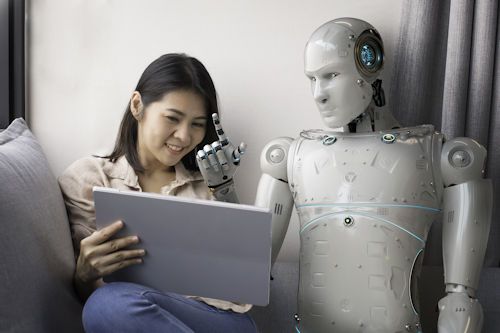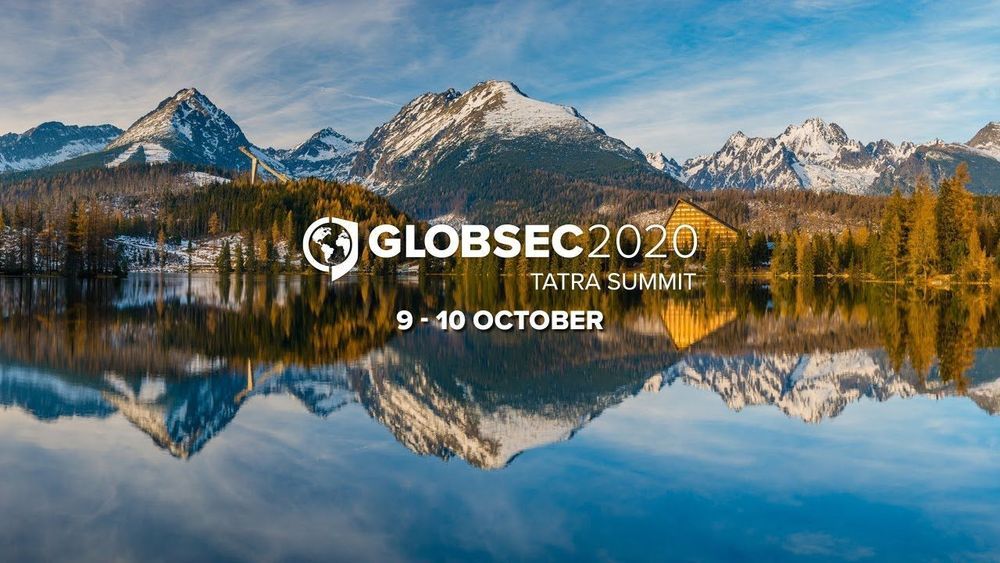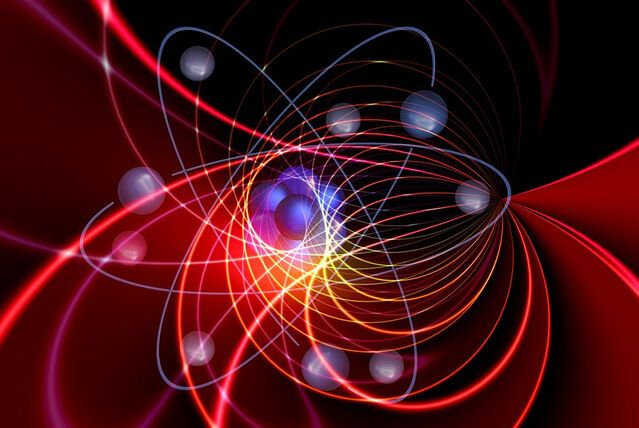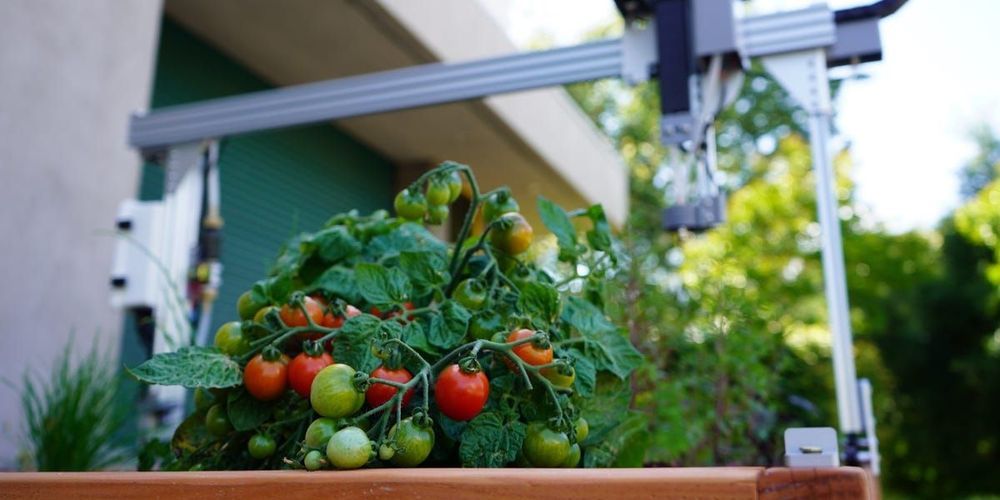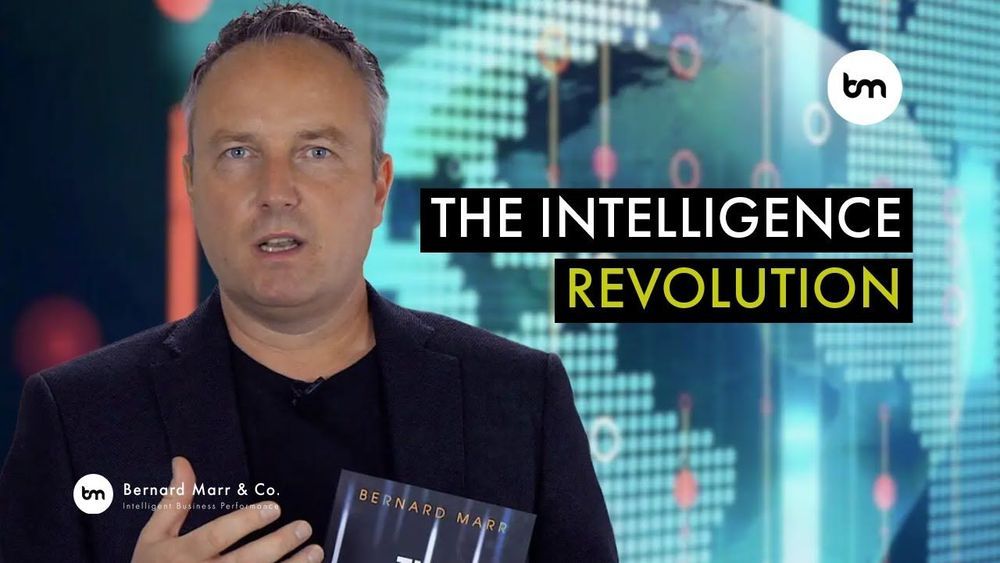Humans are innately able to adapt their behavior and actions according to the movements of other humans in their surroundings. For instance, human drivers may suddenly stop, slow down, steer or start their car based on the actions of other drivers, pedestrians or cyclists, as they have a sense of which maneuvers are risky in specific scenarios.
However, developing robots and autonomous vehicles that can similarly predict human movements and assess the risk of performing different actions in a given scenario has so far proved highly challenging. This has resulted in a number of accidents, including the tragic death of a pedestrian who was struck by a self-driving Uber vehicle in March 2018.
Researchers at Stanford University and Toyota Research Institute (TRI) have recently developed a framework that could prevent these accidents in the future, increasing the safety of autonomous vehicles and other robotic systems operating in crowded environments. This framework, presented in a paper pre-published on arXiv, combines two tools, a machine learning algorithm and a technique to achieve risk-sensitive control.

